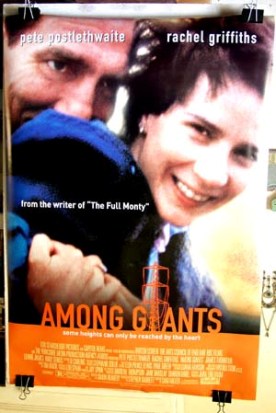Cruel Intentions
Way back in 1976, Alan Parker had the clever idea of making use of the venerable satirical form of the mock heroic and applying it to gangster movies. This he did by making, in Bugsy Malone, a basic gangster flick in which children were cast in all the roles, from tough-guy killers to hard-eyed hookers. The more sanguinary aspects of the genre were simply omitted by giving the children weapons that shot ice cream. No one to this day is quite sure what Parker’s purpose was but the film seems to me to stand out as an enigmatically post-modern monument, an early indication of what the entertainment glut and the ineluctable trivialization of the media had already made of a classic heroic genre. It was a way of demonstrating, as the mock heroic always is, that something valuable had been lost, or corrupted, by a too-promiscuous and insufficiently reverent consumption of the artistic representations of heroism.
Something similar is happening in Cruel Intentions, an adaptation by Roger Kumble of Les Liasons Dangereux set among spoiled rich prep school kids on the Upper East Side of Manhattan. Of course the brittle cynicism of Laclos’s French aristocrats looks as silly on high school kids as double breasted suits and fedoras did on the grade school kids of Bugsy Malone. The difference is that Kumble does not appear to know that he is engaged in an essentially comic enterprise, and in essence asks us not to notice that these children are assuming a sophistication that they could not possibly have in reality. What they have instead is merely attitude—an imitation of sophistication and worldly-wisdom designed to mask their tragically premature loss of innocence.
To my mind the result is only a cut or two above child porn and is not worth a moment’s consideration as anything other than a social indicator, another mile-marker (as if one were needed) in the progress of our general moral decay. Like Clueless in its representation of high school as a metaphor for the beau monde of former times, Cruel Intentions lacks that movie’s sense of humor and of the absurdity of its own premiss—two qualities which made it as interesting and significant in its way as Bugsy Malone had been two decades before. Kumble’s picture strikes me as being what Parker’s would have been had he given his child actors putatively real guns and bullets and left the screen strewn with diminutive bodies—merely, that is, an example of the most appallingly bad taste.
Discover more from James Bowman
Subscribe to get the latest posts to your email.






